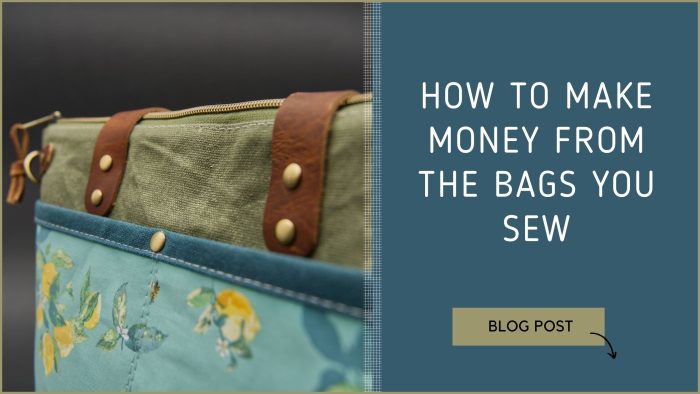
This week’s post is written by a guest blogger, Katey Rudlin of Kiwi Bagineers
How to make money from selling bags
If you’ve been bitten by the bag making bug you may have reached the stage where you are considering making bags to sell. But where to start and how to do it? Starting a business selling your own crafts is exciting and can be incredibly rewarding.
But you may also feel slightly anxious. What if it’s a failure? What if nobody buys your bags? The good news is that you don’t have to start on a large scale. Always remember that your business should be fun and work for you as well as you working for your business.
So, let’s make it less overwhelming and break the process down into four easy to understand steps.
Step 1 Clarify your reasons for starting a bag making business and have a clear plan of how it will fit with your lifestyle
Step 2 Research your market and your product and decide where and how you are going to sell
Step 3 Organise your branding and marketing strategy
Phase 4 Put it all together
Step 1 Clarify your reasons for starting a bag making business and have a clear plan of how it will fit with your lifestyle
Why do you want to start a business?
There are many reasons why creative people start a business. Here are a few examples, yours may be different, it just helps to know what it is.
“I love making bags that showcase beautiful fabrics”
“I enjoy the social aspect of the market community”
“I was already selling other crafts and naturally extended it to bags after I became obsessed with making them.”
“People loved my bags and wanted to buy them – friends suggested I start selling them”
“Once my children started school it became the perfect side-hustle to fill my time and bring in a little extra money.
“I enjoy the artistic side of it and like any artist, I want to sell my work.
“I just enjoy making bags and love it when people appreciate them.”
If you’d like to hear the stories of some real-life ladies who run their own bag making businesses, read this article Selling Handmade Bags: The Behind-The-Scenes Experience Of Real Kiwi Bagineers’ Customers.
How will a bag-making business fit into your lifestyle?
Once you have your “Why”, consider how it will fit into your life.
When will you sew?
Are you sure that you do have time for the project around your other commitments? If so, how much time do you have? The amount of time you have will likely dictate not only how many bags you can make but also where and how often you show up to sell them.
Where will you sew?
Ideally you will need a dedicated area to work in. It will be a bit of a pain to sew on the dining room table and have to put your machine away every time you eat. You can start big or small, building a collection of bags over a few months and attending the occasional craft fair or doing weekly markets etc.

Step 2 Research your market and your product and decide where and how you are going to sell.
What to make?
What type of bags do you like sewing?
Enjoying the creative process will help keep your business enjoyable and make production much easier. You should also consider where you want to sell when deciding what to make.
Di Bold makes beautiful bags out of cork in New Zealand. She regularly sells at markets, on Instagram and also has her own website aptly named Get Corked! Using one type of fabric gives her collection a cohesiveness that presents well both online and at the market.
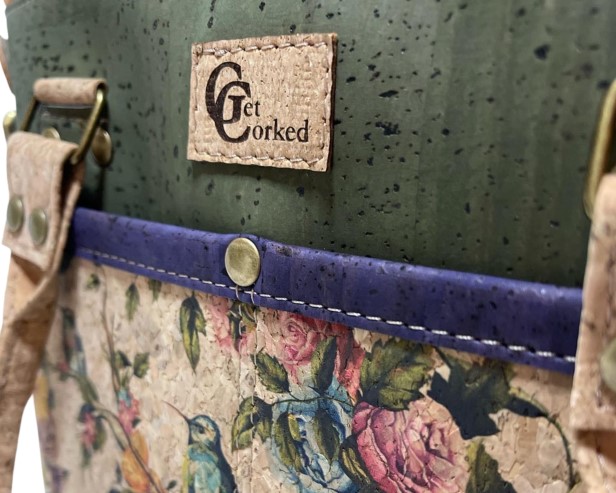
If you have a particular passion, don’t feel that you have to make something for everyone. A market stall that only sells nappy bags or only dog-walking bags, will likely do just as well as a stall with a wide selection of different bags. It’s also easier to get online traffic the more niche your product.
Ensure that you price your bags appropriately. After you’ve worked out the cost of materials and your time, think about how much you want to charge for them. To help with this, do your research on where you want to sell.
Where to sell
There are several options when it comes to platforms for selling your bags. Again, keep it simple. Choose the location that is going to work best for you and that you can manage.
Facebook, Instagram and Tik Tok
Facebook, Instagram and now TikTok can provide great sales platforms, but if you’re not savvy with social media, it may be a challenge for you. Having said that, a Facebook business page is free and not very complicated. It is a great place to refer customers you meet at in- person markets. You can also set up shops on both platforms.
Etsy
Etsy is a platform designed specifically for crafters, can be cheaper than having your own website and is straightforward to set up. It is a great place to do your research and see the types of bags that others are selling and get a good idea about pricing your own bags. Etsy does have fees so make sure you can afford them and work it into your pricing.
Your own Website
Having your own website can work well. But, if you don’t have the technical skills, you will have to pay someone to set it up, optimise it for search engines and write your product descriptions etc. and that is ongoing. One advantage of having a Shopify website is that it enables you to set up the shop in Instagram and Facebook as well.
Markets and fairs
Markets and fairs are great if you can commit the time and effort. You sell in person and of course the customer can see and feel the product. You will have to invest in some display materials, business cards etc. Perhaps consider a mannequin to hang bags on so people can see how they will look. If you also have an online presence, (even just a Facebook page), you will be able to hand
out business cards with a request for people to follow you and to share your images, reels and stories. It’s a great way to showcase new products to customers that have already bought from you.
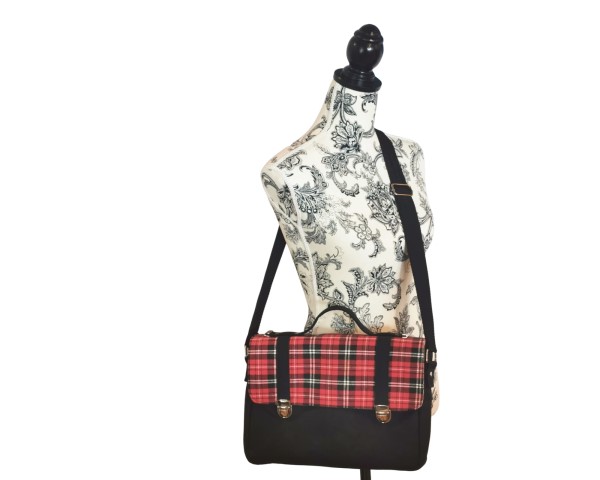
Pricing and the market
Wherever you decide to sell, do your research in similar environments. Make sure that there is a market for the type of bag that you want to sell and research what prices others are selling similar bags for. Is that going to work with your expenses and overheads?
How much stock will you need?
Once you’ve decided where to sell and what to sell, consider how much stock you will need to make in advance and how often you will need to replenish it. If you are going to sell at a market once a week you will need more stock than if you only make to order.
Step 3 Organise your branding and marketing strategy
Your brand is essentially how people will recognise you and your bags. It covers everything from your logo to the story behind your bags and should be designed to resonate with your ideal customer.
What’s your USP?
Start by defining your USP, unique selling point. The story your bags tell that will make people want to buy them.
Are they eco-friendly? Do they tell a cultural story? Are they practical bags or designed to make people feel special when they carry them? Write a couple of sentences that describe your bags and would give people a reason to want to know more.
Randi of Diabla66 Handbag Society based in the USA, makes Gothic style bags and describe them as; “Darkly decadent artisan handbags” and “Seductive hand-crafted statement pieces for the deliberate and daring….”.
Design your logo
You should use the same logo or profile picture everywhere you show up online and on your business cards. Consistent branding that reflects your USP will make it easy for people to recognise you and follow you.
Research your ideal customer
Think carefully about who would want to buy your specific product, why they want it, and where they are likely to hang out.
Knowing your ideal customer enables you to target your marketing effectively. If you decide to sell online, join appropriate Facebook groups in advance of launching your business. Like and comment on other people’s posts and pictures and establish yourself as a member of the community. “Listen” to what people say, what they like and don’t like.
If you’re selling nappy bags join a Mother and Baby group. It will soon become clear what type of nappy bag fits their needs and you won’t waste time and money making the wrong
thing. Some Facebook groups also allow self-promotion on specific days of the week, but check with an admin before you post.
Step 4 Put it all together
Now the fun begins. You’ve done all the hard work having made all the decisions above. Get creating your beautiful bags, put the wheels in motion to organise your sewing space and selling place. Most of all, Have fun!
This article doesn’t contain guidance on legal and financial regulations, tax laws, etc. Don’t forget to check and follow the regulations of your area/country.
This week’s post was written by a guest blogger, Katey Rudlin of Kiwi Bagineers
Join our mailing list to receive weekly bag making tips just like this one!
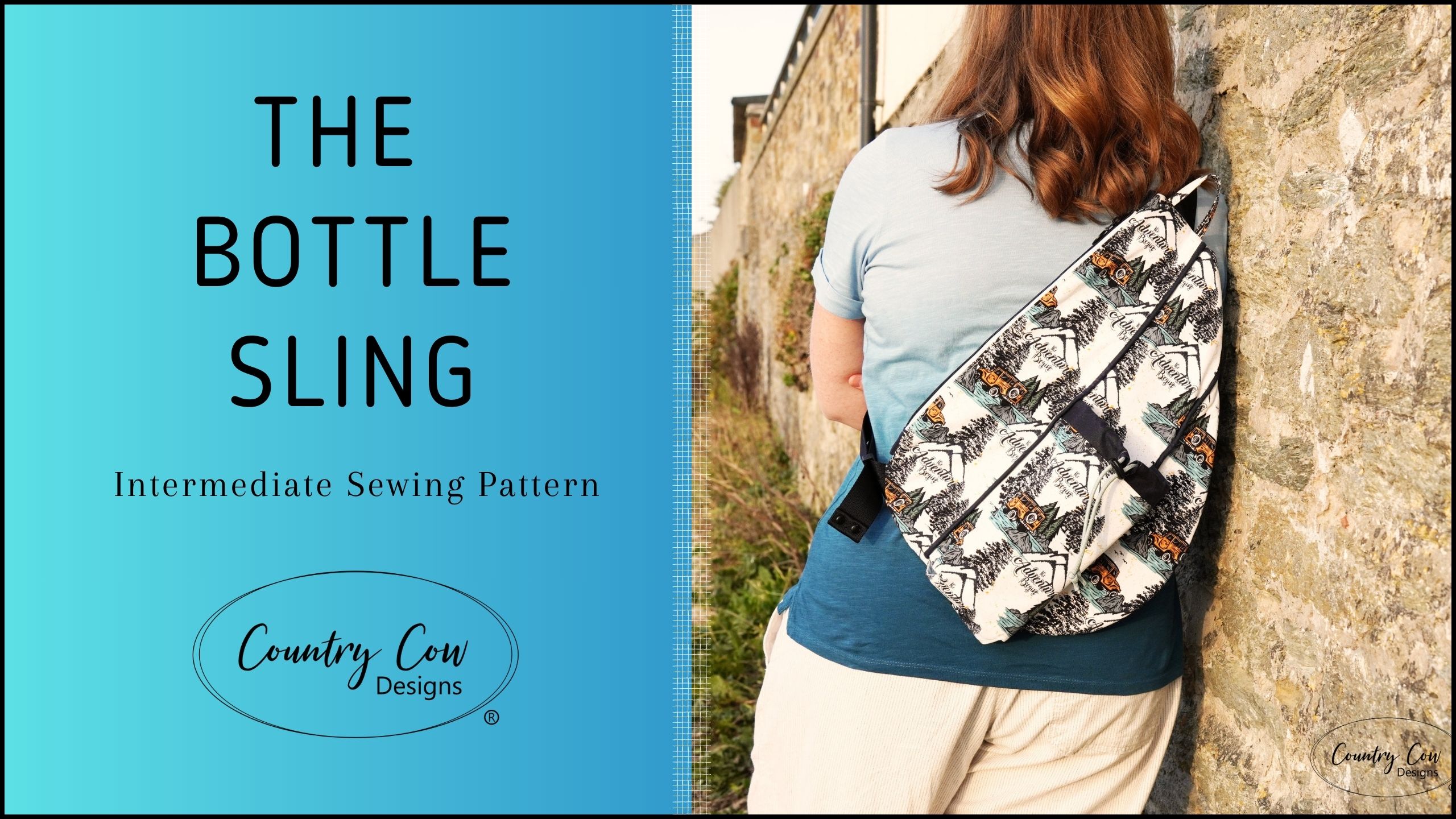
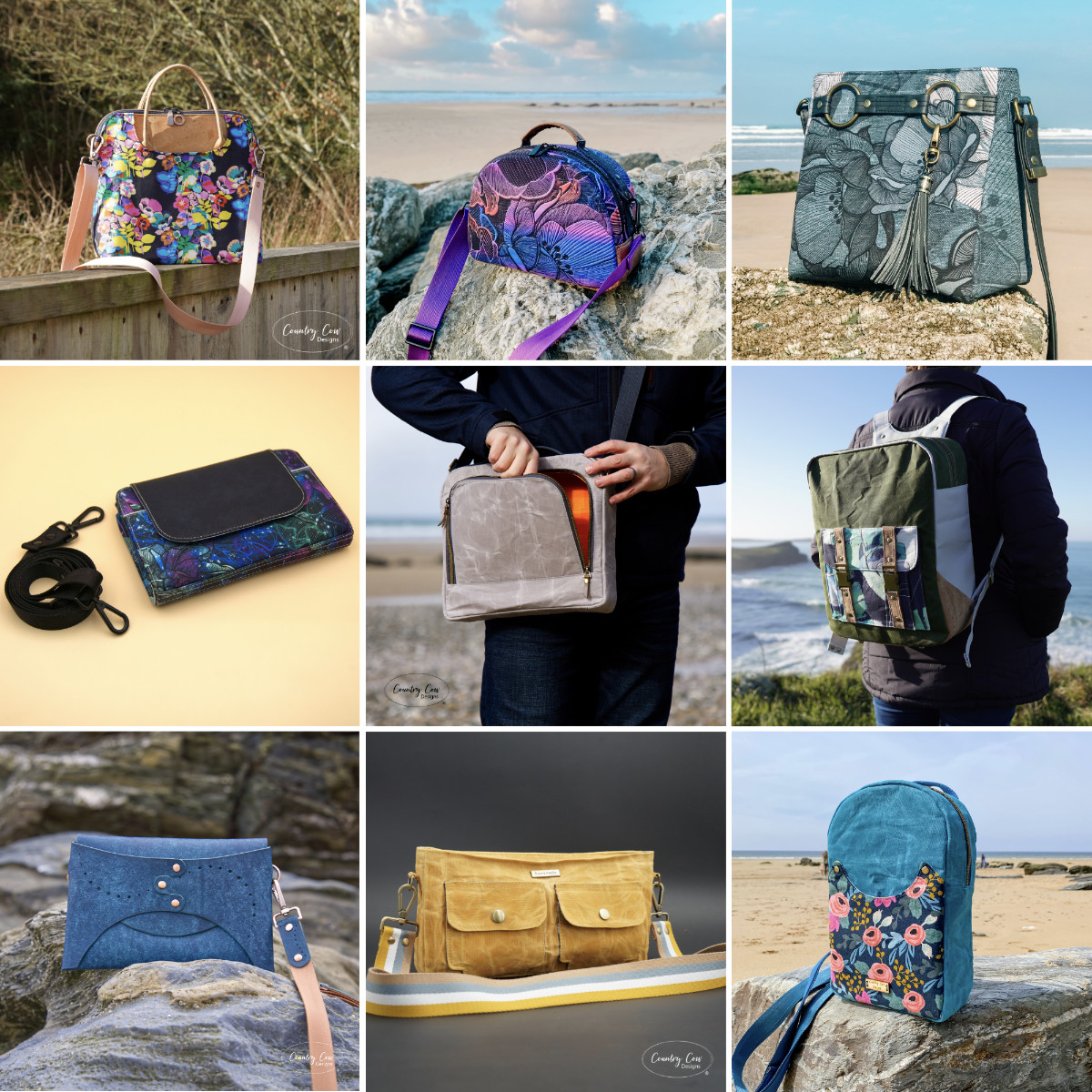
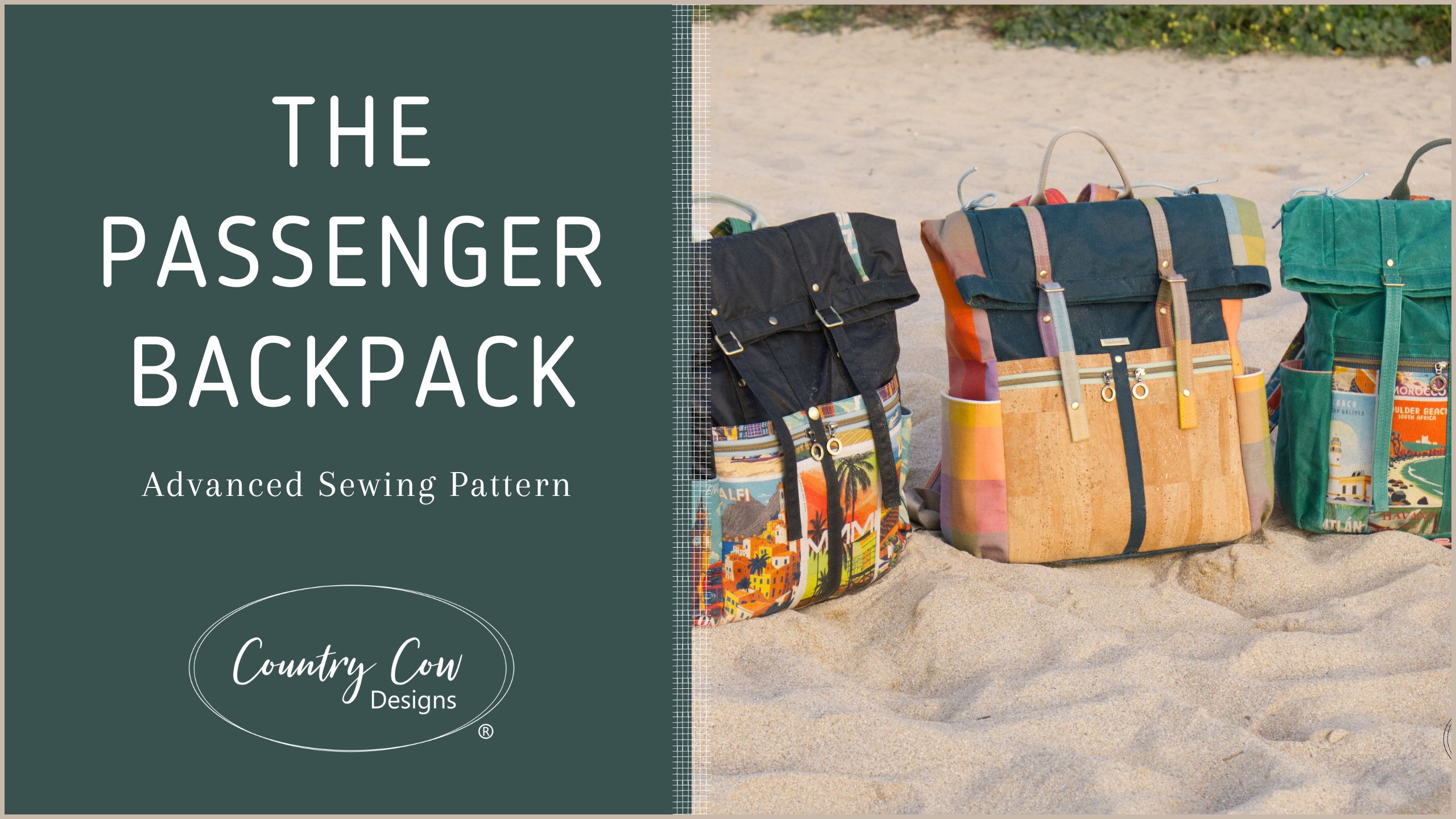
Although it’s not in this blog post, I just wanted to say that your Zetus Lapetus pillow looks *A*M*A*Z*I*N*G*, Jo! So impressive and inspiring.
Thank you so much! When you look closely there’s tonnes of mistakes, but I’m still over the moon with it 😁 I’m already looking forward to starting my next quilting project.
This was so timely! I currently sell my bags locally and in a couple of shops, but hope to expand. My goal is to teach people how to make their own!
Thank you for posting this article. It came at the perfect time. Now to start the planning.
An interesting and encouraging read, but no mention of the legal requirements that need to be looked into and complied with before launching into selling your makes. This my not apply in every country, but in the UK there are many rules to be met.
Yeah unfortunately it’s a difficult subject to cover as our audience is worldwide and the requirements are different everywhere. But definitely something to check when you start trading 😁